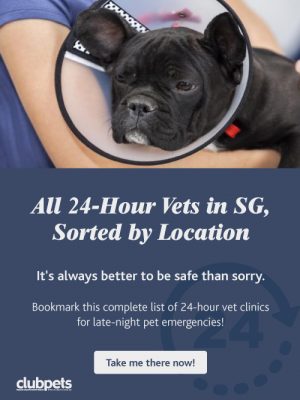Dog Breeds 101: Things a Brachycephalic Breed Owner Needs to Know
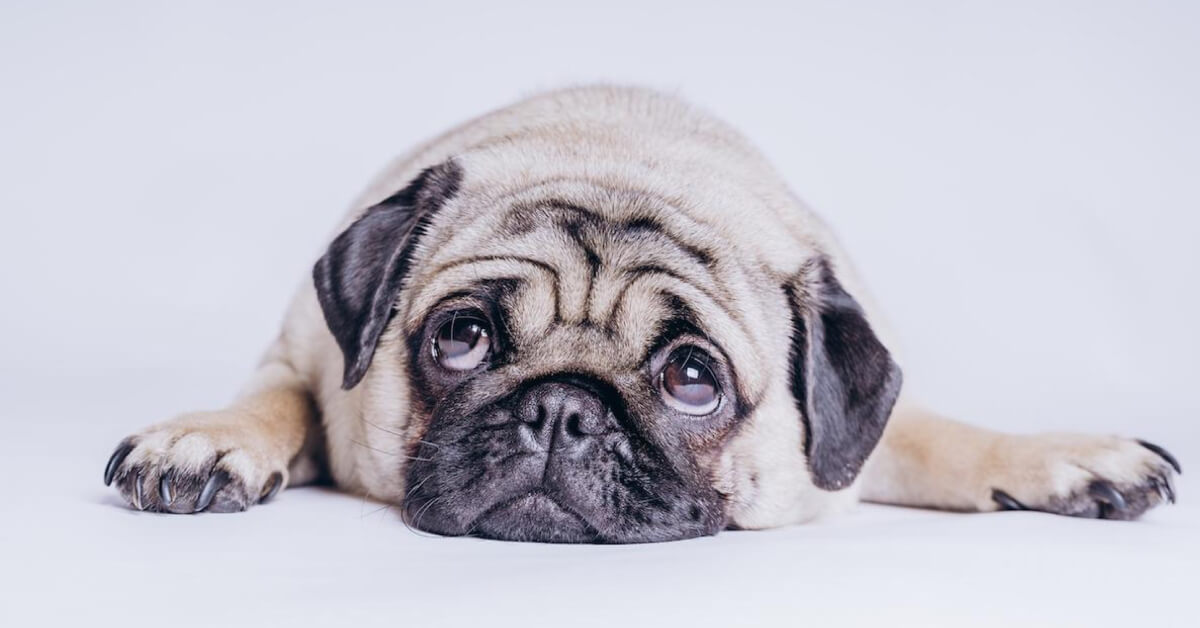
How to take care of your “short-headed” dog
For the uninitiated, “brachycephalic” means “short-headed” and refers to dog breeds with short muzzles and flattened faces. Some examples of such dogs include Pugs, Shih Tzus, French Bulldogs, Boston Terriers, and Pekingese, and if you have one of them at home, here are some important things to take note of to ensure their health and safety!
Health Concerns
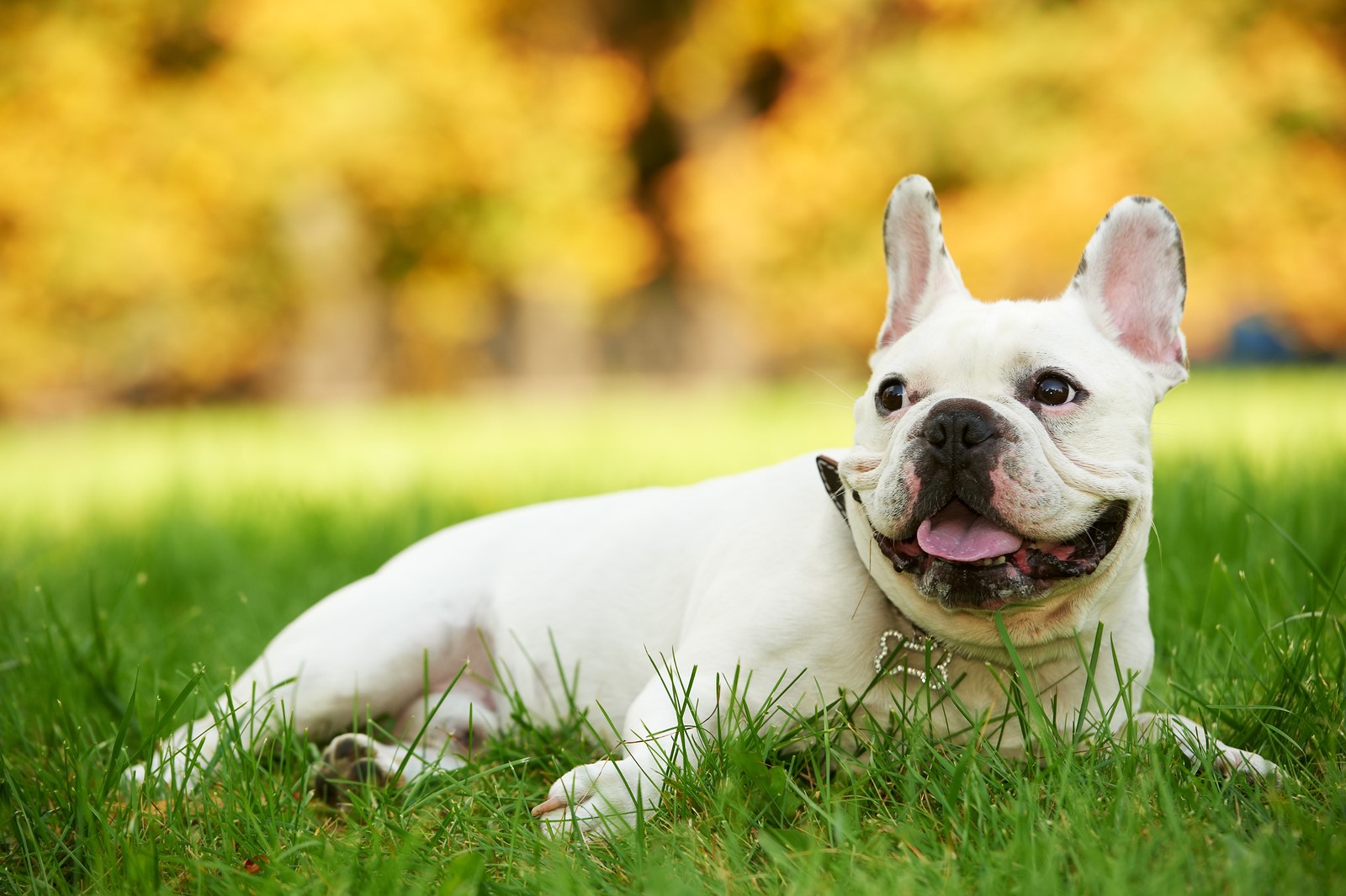
Due to their short muzzles and flattened faces, brachycephalic dogs suffer from respiratory health issues like Brachycephalic Airway Syndrome (BAS). Their unique facial structure makes them more prone to suffering from upper airway problems such as narrowed nostrils and the collapse of their voice box and trachea, and symptoms to look out for in your canine companions include coughing, gagging, frequent panting, exercise intolerance, and eating or swallowing difficulties.
They also tend to suffer from heat-stroke more easily due to breathing problems, so make sure to always check on them when you’re out and about even if you’re under a shade!
On top of that, if your dog has skin folds, bacteria and yeast may grow between them in a hot and humid environment like Singapore. This can cause skin inflammation and further health problems, and if you’re unsure about any unusual display by your pet, do consult with your vet for a thorough health check-up!
Preventive Health Measures

To nip such problems in the bud, a useful way to protect your pets from the aforementioned health concerns would be to refrain from stressing them out, overfeeding them, or keeping them in hot environments. Unbeknownst to many, these adorable breeds require a great deal of vigilance on your part as their owner to keep them happy and healthy!
Treatment Options
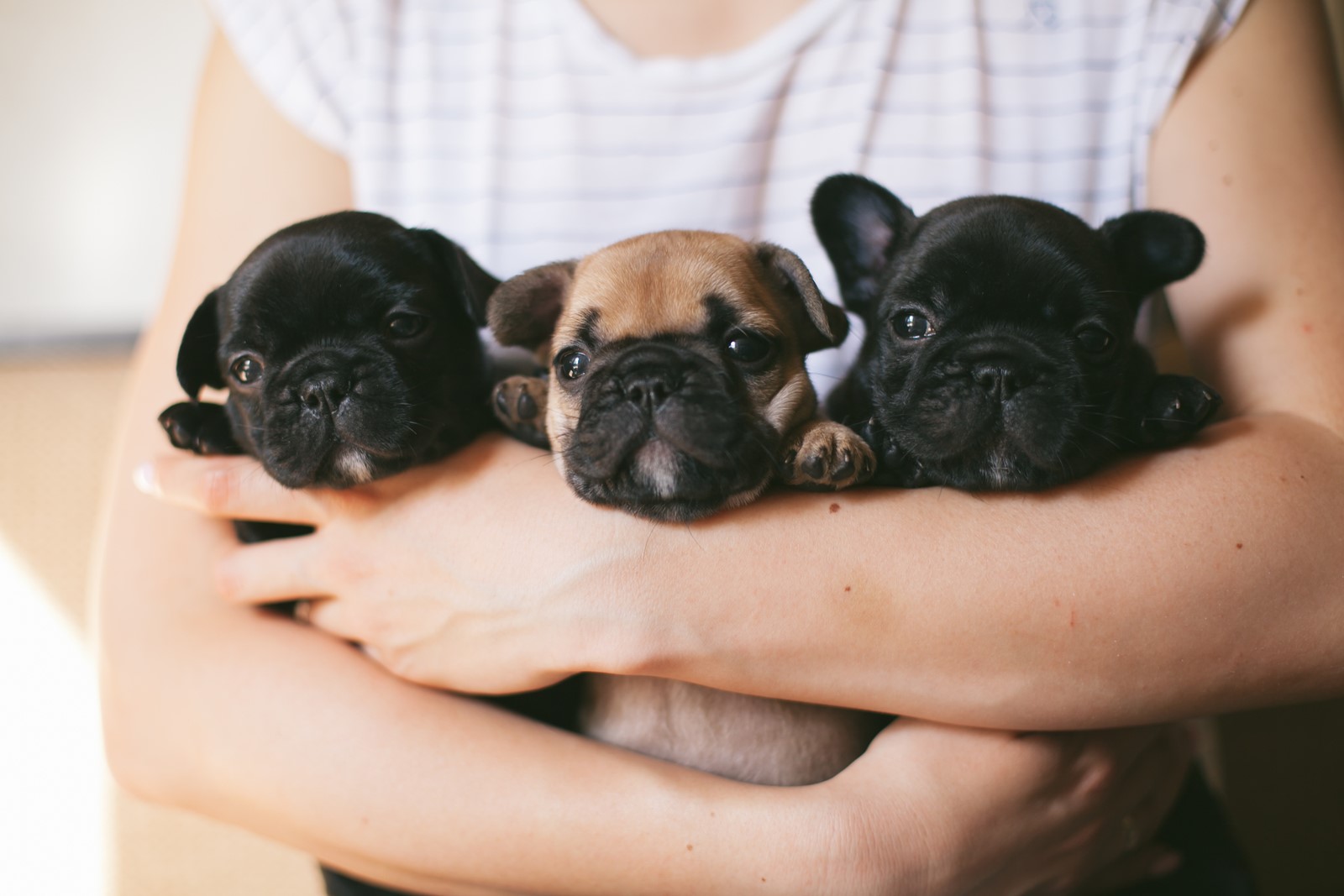
If any health concern is causing distress and pain to your beloved pet, one possible solution is surgery, such as the resection of the elongated soft palate (removal of excess tissue) for your pet to breathe better. Of course, always consult your local vet the minute you notice your pet behaving strangely!
Aftercare
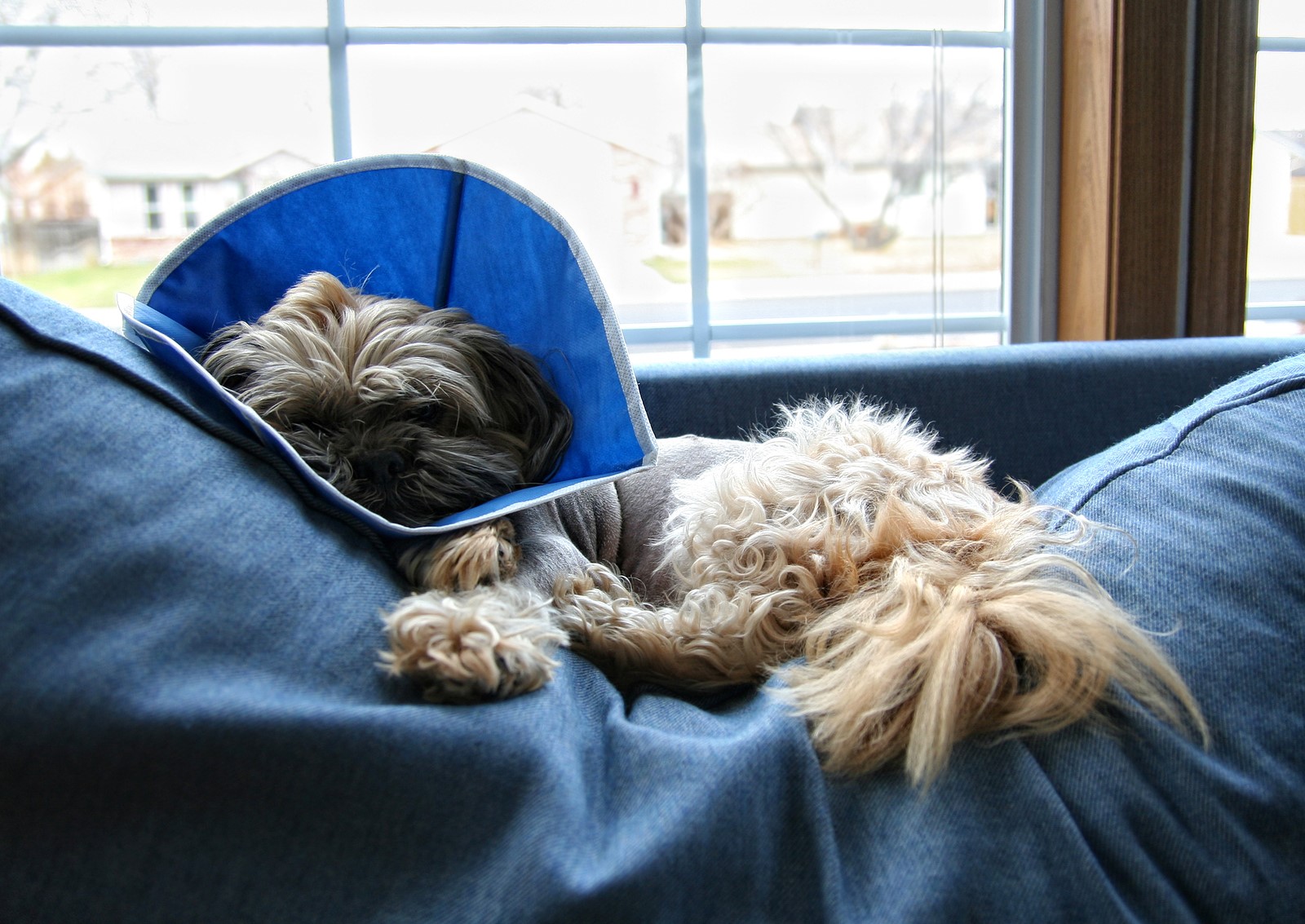
Monitor your pet even after the surgery has been done because bleeding, infection, and inflammation of the surgery wound might result in breathing difficulties due to airway obstruction. Generally, your pet will have to rest without any strenuous activity for at least 2 weeks post-surgery!




